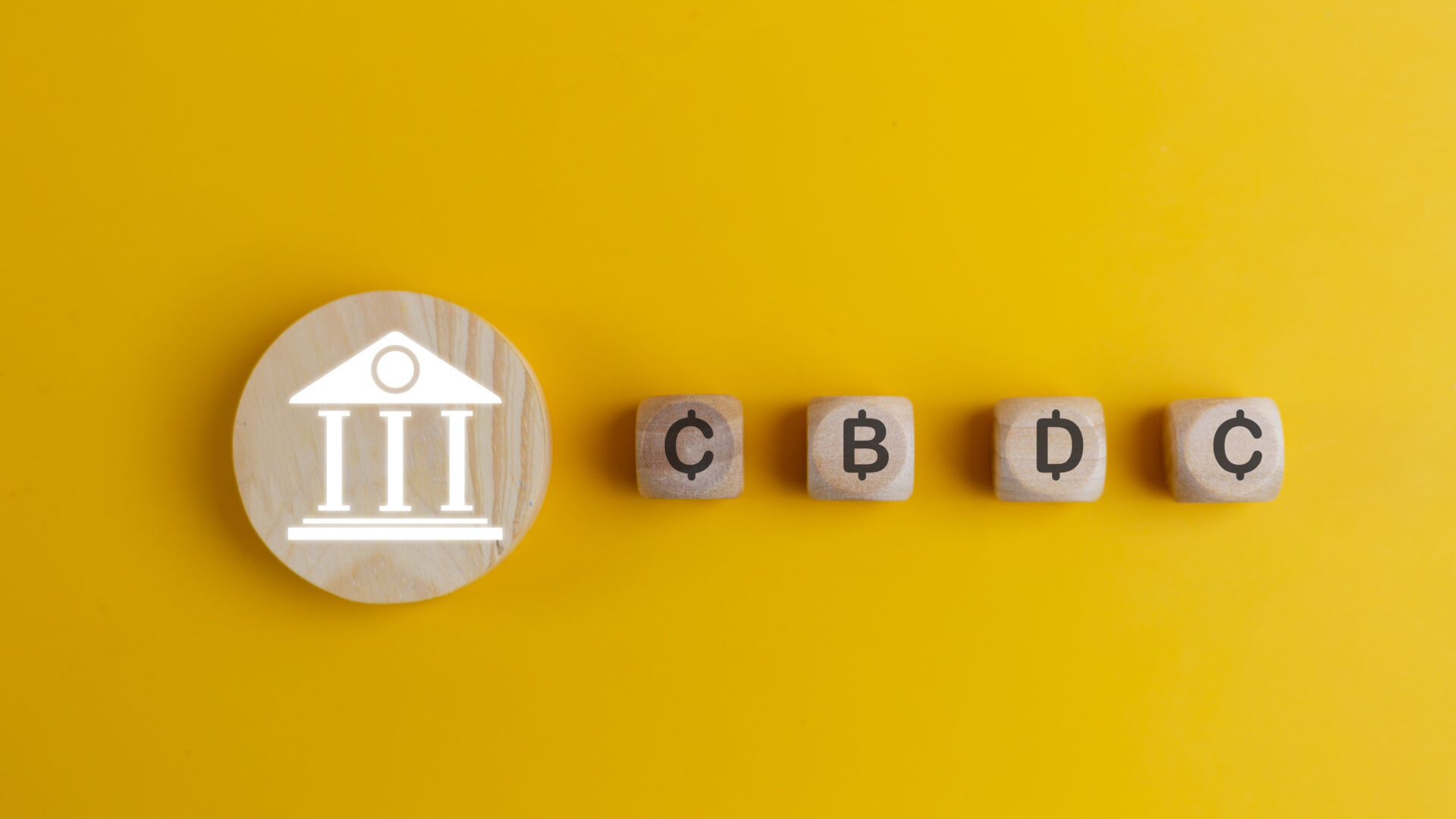Circle is setting its sights on a transformative update for its USDC stablecoin, contemplating the introduction of reversible transactions. This initiative is geared toward bridging the gap between cryptocurrency and traditional finance (TradFi), potentially reshaping how transactions are conducted in a digital economy. However, this approach raises fundamental questions about the immutable principles that underpin blockchain technology.
Reversible Transactions Initiative: A Paradigm Shift?
In a bold move to facilitate greater adoption of USDC within traditional financial systems, Circle is actively exploring the possibility of implementing reversible transactions. This concept is designed to ease the integration of stablecoins, making it easier for businesses to interact in a rapidly evolving financial landscape. Traditionally, blockchain’s core principle of immutability has meant that once a transaction is finalized, it cannot be modified. This poses challenges for compliance and error rectification in scenarios such as fraud or mistaken transactions.
Currently, Circle can freeze assets or blacklist addresses, but reversing completed transactions remains beyond its capabilities. Discussions among developers have highlighted the potential for enabling transaction reversals specifically in instances of fraud, but only under defined circumstances and mutual agreement between parties involved. “This is a significant step to enhance user trust and operational flexibility,” explained a Circle executive. However, it’s important to note that implementing reversible transactions would not be part of Arc, Circle’s upcoming layer-1 blockchain; rather, it would necessitate an additional layer on top of the network.
Arc Blockchain: The Future of Stablecoin Finance
Launched with the aim of transforming how stablecoins are utilized, Arc is Circle’s proprietary open layer-1 blockchain, designed explicitly for stablecoin-related financial activities. By using USDC as the native gas token, Arc facilitates low, predictable fees that are crucial for businesses looking to streamline their payments without relying on volatile crypto assets. As outlined by industry partners, “Our treasury team can’t hold volatile crypto assets to pay gas fees,” encapsulating a core pain point that Arc aims to address.
A remarkable feature of the Arc blockchain is its deterministic sub-second finality, which allows for instant settlement of transactions, providing users with assurance and speeding up financial operations. Furthermore, the architecture harmonizes with existing Ethereum tools, making it accessible for developers familiar with these ecosystems. Companies can leverage Arc’s built-in foreign exchange (FX) engine to manage and settle global transactions seamlessly 24/7, addressing a critical need for reliable and efficient financial tools in today’s economy.
Building Reliability and Compliance in Finance
As Circle charts its course with the Arc blockchain, creating a robust infrastructure that meets compliance demands is pivotal. Arc incorporates opt-in privacy features, allowing users to maintain confidentiality in financial dealings while still adhering to regulatory obligations. “We can’t move sensitive payment data on public rails,” stated one of Circle’s partners, underscoring the importance of privacy in financial transactions. This design choice ensures that sensitive data remains shielded, all while fostering a transparent and accountable transaction environment.
In a strategic move to enhance Arc’s technological capabilities, Circle acquired Malachite, a company renowned for its expertise in consensus design and Byzantine Fault Tolerance. This acquisition strengthens Arc’s consensus engine, enhancing throughput levels so that it can compete with major payment processors. Expected to debut its testnet later this year, Arc is projected to launch its mainnet beta by 2026, heralding a new era of stablecoin finance that is rooted in efficiency and compliance.
What Lies Ahead for Circle and Arc?
Circle’s exploration of reversible transactions marks a significant pivot in its strategy, reflecting a broader trend towards hybrid models that blend the benefits of blockchain’s transparency with the reliability of traditional finance mechanisms. As discussions evolve and technical implementations are debated, the foundation being laid by the Arc blockchain could very well redefine the future landscape for stablecoins and financial transactions.
With user feedback driving innovation, Circle invites stakeholders interested in this evolving technology to gain early access to Arc through arc.network. As traditional finance enters a digital age, Circle’s initiatives, backed by cutting-edge technology and strategic partnerships, may hold the key to unlocking unprecedented efficiencies and collaborations. As we watch this space closely, one thing is certain: the intersection of digital and traditional finance will only become more intricate and vital in the forthcoming years.





